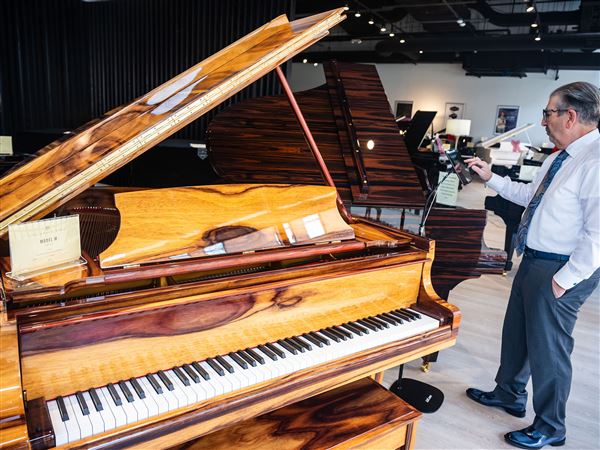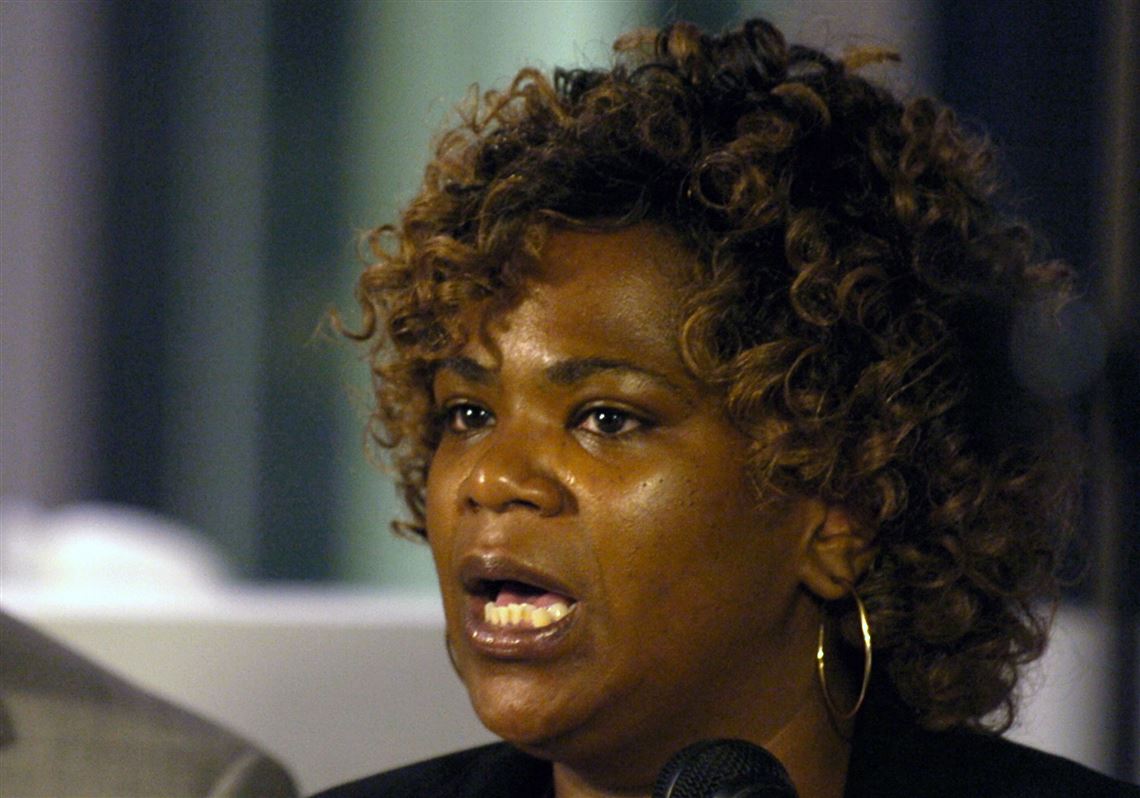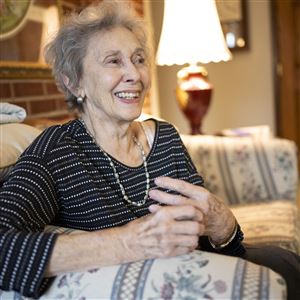Research abounds on the vast numbers of children and teens who land in the juvenile justice system.
But for a new project on how to assist vulnerable youth who are caught up in crime, the Pittsburgh Foundation decided to go beyond statistics.
Foundation researchers sat down with more than 50 teens and young adults who had direct experiences with the juvenile justice system and tried to dig deep into the circumstances that the youths believe led them to get into trouble.
Their answers ranged from racial biases, peer pressure and sexual abuse to living in a “bad neighborhood.”
One fought a mother who tried to kill him.
The same youths, whose average age was 18, were also asked for recommendations on how to change the system.
Those responses included the need for more early interventions for at-risk students in schools, more mental health supports for those placed in the system, and more opportunities to talk directly to judges and court officials about how to improve their futures.
“We expected those conversations to take one hour and they took two hours,” said Michael Yonas, senior program officer for research and special initiatives at the foundation.
The report being released today is the pilot study for the foundation’s 100 Percent Pittsburgh — an initiative launched in 2015 to address the issues that contribute to significant portions of the region’s population either living in or at being at risk of poverty.
Two sectors of the population the foundation is targeting because of their particular risk factors for poverty are youth ages 12-24, and single women with children.
As part of the 100 Percent project, the foundation said it will commit 60 percent of its unrestricted funds to programs that assist those groups impacted by poverty.
The community foundation, with net assets of more than $1 billion, distributed about $52 million in grants in 2015.
For its research on the juvenile justice system, the foundation tapped some social services agencies that work directly with children and teens involved in the system.
Among them was Gwen’s Girls, a North Side-based nonprofit that provides programming and housing for at-risk girls.
When researchers met with eight young women in a group home operated by Gwen’s Girls, agency staff members were not in the room.
The girls included pregnant teens and young, single women who have children. All had either been in the juvenile justice system or referred to Gwen’s Girls by the Allegheny County Office of Children, Youth and Families.
“This particular initiative went straight to the source and includes the voices of youth,” said Kathi Elliott, executive director of Gwen’s Girls.
“It was an awesome opportunity for [some of our girls] to talk about the issues and what led them to be involved in the system,” she said.
“Oftentimes we as adults have meetings and make decisions based on what we believe their needs are and this was an opportunity for them to provide their voice and know their voice was heard in a tangible way. It’s kind of a no-brainer. We should’ve always considered their input and thoughts and motivations.”
Gwen’s Girls recently received a $25,000 grant from the foundation to enhance its clinical services for girls who experience trauma and for assisting girls with independent living skills, said Ms. Elliott.
Some participants in the juvenile justice study receive counseling at Amachi Pittsburgh, a South Side nonprofit that provides supports for children of incarcerated parents.
Those children are at high risk for entering the juvenile justice system because of the cycle of crime in their families, said Anna Hollis, Amachi’s executive director.
Amachi has a $75,000 grant from the foundation to build a coalition of community agencies and individuals who are addressing public policies that affect children whose parents are in jail.
When foundation researchers showed up at Amachi to get input for the juvenile justice study, it was the first time “someone came in to speak to our youth and to hear their voices directly,” said Ms. Hollis. “Kids are constantly saying adults in the community don’t care about them because they don’t ask them questions. So the exercise of sitting down and asking them questions was more powerful than anything else.”
The study, conducted over eight months, said that in 2015, approximately 3,300 individuals were referred to the juvenile probation system in Allegheny County. Of that total, 74 percent were male and 26 percent were female.
Nearly 70 percent were black, 25 percent were white and 6 percent were other races.
Of the total referrals, 76 percent were for nonviolent offenses including drugs, theft and failure to pay court fines.
Among the study’s recommendations are raising awareness about a high number of girls of color who are at risk for entering the juvenile justice system; expanding school curriculums and programs to address prevention and conflict resolution; engaging more youth to provide feedback and as advocates in the juvenile justice process; and restructuring court fees and fines in the system that often prohibit juveniles from emerging from poverty.
Tiffany Sizemore-Thompson, assistant clinical professor at the Duquesne University School of Law, who specializes in juvenile justice issues and who served as an adviser to the study, said the significance of having youths participate in the research “is hard to overstate.”
“Having their voices be central to the work is one of the reasons that drew me to this pilot. It wasn’t just to come up with recommendations from 10,000 feet about what grownups thought kids needed to make them successful.”
She believes the study’s suggestions can be achieved if agencies and legal officials who work with youths in the system continue to collaborate.
“The hard part is getting all the groups to the table,” she said. “People work in their own little silos and they do great work, but we are stronger together.”
Joyce Gannon: jgannon@post-gazette.com or 412-263-1580.
First Published: February 13, 2017, 2:55 p.m.


















